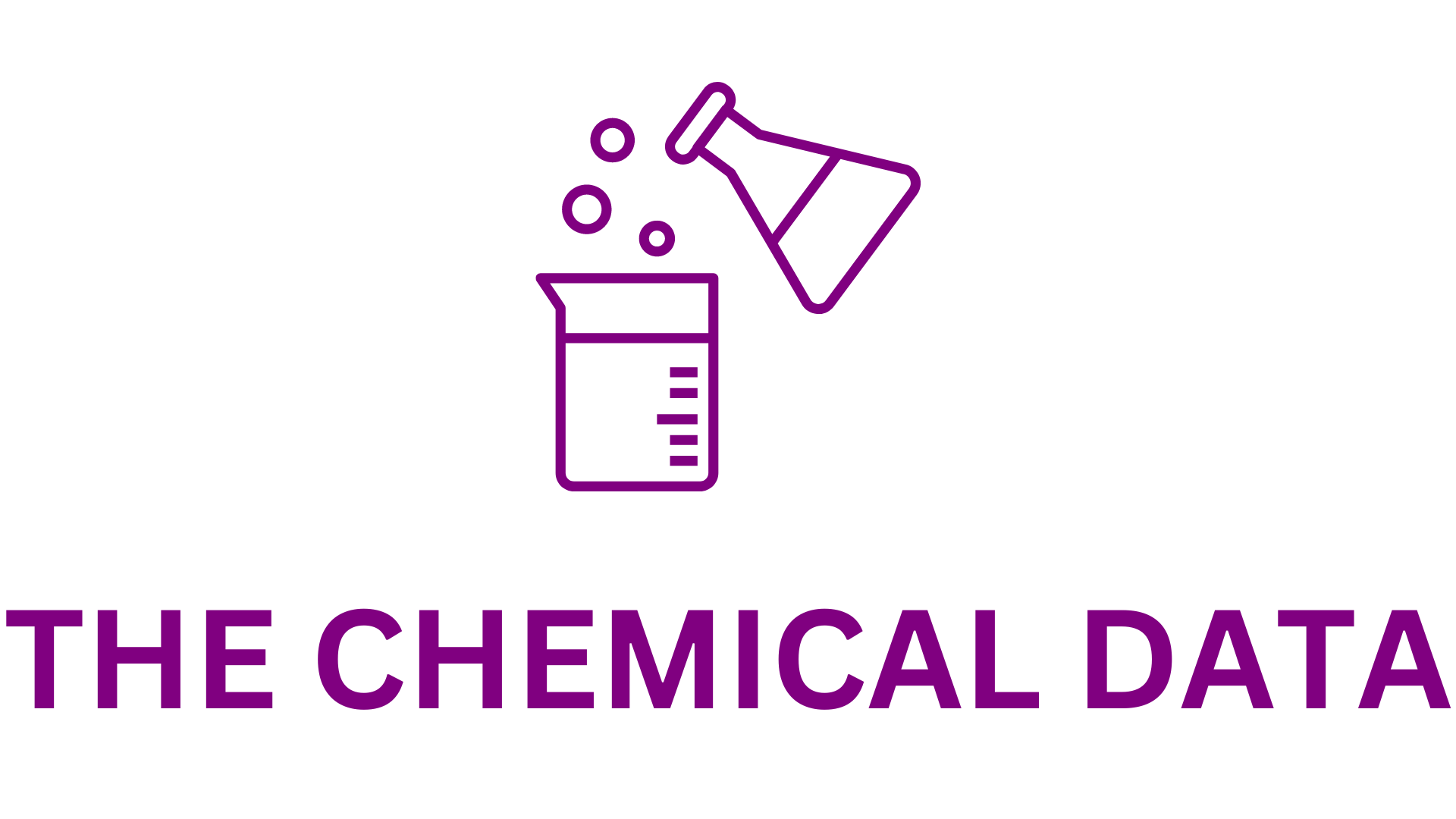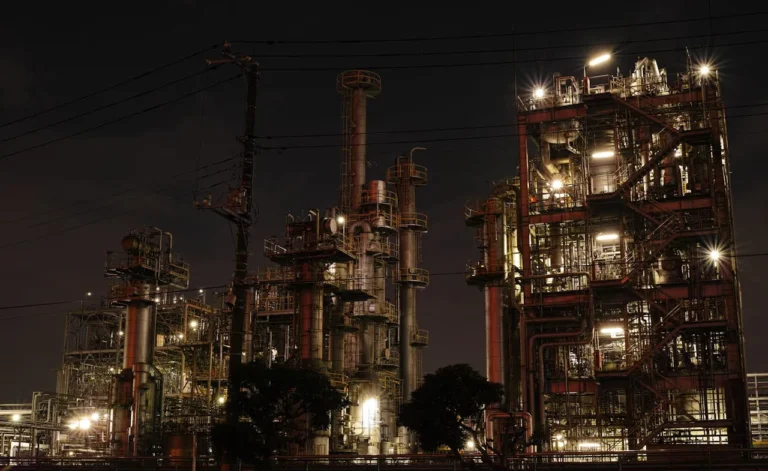
The “Plastic Market Forecast to 2033” has officially been added to ResearchAndMarkets.com’s product portfolio, offering a detailed and forward-looking assessment of one of the world’s most influential materials markets.
According to the latest analysis, the global plastic market—valued at USD 647.36 billion in 2024—is anticipated to exceed USD 962.56 billion by 2033, growing at a steady CAGR of 4.6% between 2025 and 2033. This upward trajectory reflects both rising industrial demand and expanding applications across a wide range of sectors.
One of the most significant drivers of market growth is the increasing consumption of plastics in the packaging, automotive, and construction industries. Packaging remains the largest consumer of plastics due to its unmatched combination of light weight, durability, and cost-effectiveness. As global trade expands and e-commerce strengthens, demand for reliable and cost-efficient packaging materials continues to surge. Similarly, the automotive industry relies heavily on plastics to reduce vehicle weight, enhance fuel efficiency, and meet sustainability targets. The construction sector, driven by rapid urbanization and infrastructure development, uses plastics in the form of pipes, window frames, insulation materials, and numerous other components that offer long-lasting performance.
Technological innovation also plays a pivotal role in shaping the future of polymer materials. Advancements in polymer chemistry, compounding, and manufacturing processes are leading to the emergence of high-performance plastics with enhanced characteristics. Materials such as polypropylene, polyethylene terephthalate (PET), polycarbonate, and various engineering plastics are finding new applications in industries requiring high thermal resistance, chemical stability, and improved mechanical strength. Bioplastics—particularly biodegradable options like polylactic acid (PLA)—are gaining relevance in packaging, consumer goods, and medical devices. Innovations such as nano-reinforced polymers, flame-retardant plastics, and advanced thermosets are broadening opportunities in electronics, aerospace, and the construction industry, where stringent performance requirements create demand for specialized materials.
The global expansion of the plastic industry is further supported by robust economic activity in emerging markets. Countries such as China, India, Indonesia, and Brazil are experiencing rapid industrialization and urban population growth, which directly increases the need for efficient building materials and consumer goods. In these regions, plastics are often preferred over metals, glass, and wood due to their lower cost, ease of installation, corrosion resistance, and design flexibility. China, in particular, remains a central force in the global plastics ecosystem. Its massive investments in residential construction, public infrastructure, and transportation projects drive significant demand for PVC, polyethylene, and other widely used polymer materials.
At the same time, the global plastics market is undergoing substantial transformation driven by environmental concerns and regulatory interventions. Heightened awareness of plastic waste, combined with stringent sustainability policies, is pushing the industry toward renewable materials and circular production models. Governments across Europe and North America have introduced regulations encouraging recycled content, reducing single-use plastics, and promoting industrial recycling programs. This shift has encouraged key industry players such as BASF, Dow Chemical, and SABIC to increase investments in chemical recycling, biodegradable plastics, and energy-efficient production technologies. As companies respond to public and regulatory pressure, sustainable solutions—including compostable films, recycled PET (rPET) packaging, and bio-based polymer products—are becoming integral to future market development.
The report presents a comprehensive segmentation of the global plastics market. By product type, the industry encompasses an extensive range of materials including polyethylene, polypropylene, polyurethane, PVC, polystyrene, PET, polyamide, epoxy polymers, ABS, polycarbonate, PBT, PPO, liquid crystal polymers, PEEK, polysulfone, and PPSU, among others. These polymers differ in structure and performance attributes, enabling their use in applications from disposable packaging to high-performance industrial components.
From an application standpoint, the market is divided into processes such as injection molding, extrusion, blow molding, calendering, thermoforming, compression molding, casting, and rotational molding. Each method is chosen based on manufacturability requirements and end-use product characteristics. For example, injection molding dominates consumer goods and automotive parts, while extrusion remains essential for pipes, profiles, and packaging films.
The end-use segmentation highlights the versatility of plastics across sectors including packaging, construction, consumer goods, automotive, electronics, utilities, agriculture, medical devices, and furniture & bedding. The ongoing rise in healthcare spending is increasing the need for sterilizable and biocompatible plastics, while the growth of smart home technologies is stimulating demand for polymer-based electrical components and housings.
In terms of geographic distribution, the report covers North America, Europe, Asia-Pacific, Latin America, and the Middle East & Africa. Asia-Pacific remains the fastest-growing region, supported by manufacturing expansion and population growth. Europe leads in technological innovation and sustainability initiatives, while North America remains a mature market with strong demand in packaging, healthcare, and automotive industries.
Why This Report Matters
Purchasing this report provides access to a thorough examination of current and future trends influencing the plastic market. It offers in-depth regional and segment analysis, competitive landscapes, and strategic recommendations for companies aiming to improve market positioning or explore new revenue streams. The report includes market estimates dating back to 2018 and forecasts through 2033, allowing businesses to evaluate long-term growth opportunities.
Key Deliverables
The study provides market intelligence for strategic planning, detailed revenue forecasts, competitor analysis, and insights on product innovations. It helps stakeholders understand evolving market dynamics, assess investment opportunities, and navigate a complex regulatory environment.
Companies Profiled
Major industry participants featured in the report include BASF, SABIC, Dow Inc., DuPont, Evonik, Sumitomo Chemical, Arkema, Celanese, Eastman, Chevron Phillips Chemical, Lotte Chemical, ExxonMobil, Formosa Plastics, Covestro, Toray Industries, Mitsui & Co. Plastics, TEIJIN, INEOS, Eni, LG Chem, LANXESS, CHIMEI, Huntsman International, and LyondellBasell, among others.
Source Link : https://www.businesswire.com/







